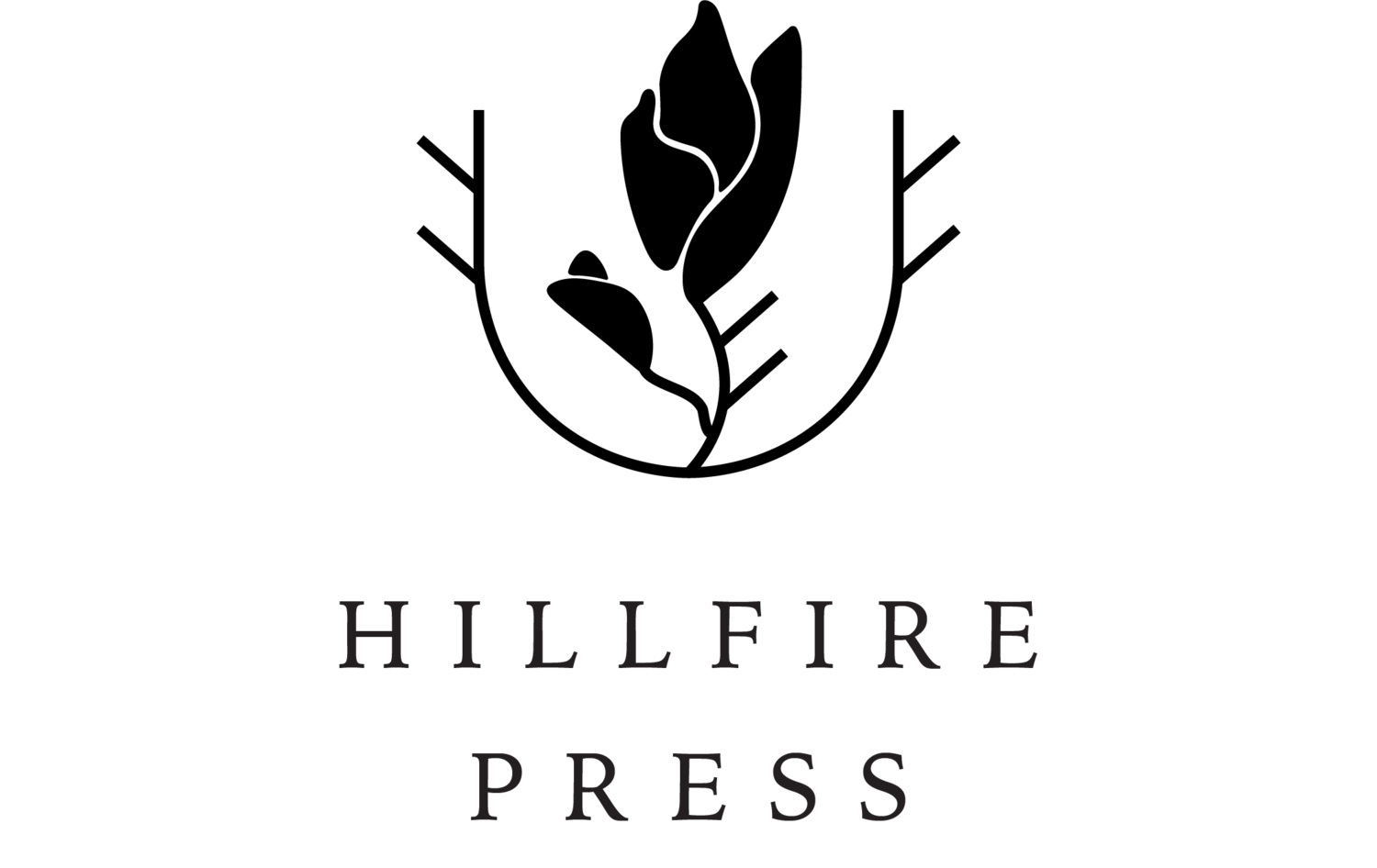Let’s Build a House and Dance in It
Or: Are poems essays and essays poems? It’s more likely than this author thought!
I used to think essays aren’t for me, wondering: Am I even ‘smart’ enough to ‘get’ them? Is my brain, infested by social media, even able to grasp long-form channels of information? Plus, the world is so complicated. How do I even stomach the cold, hard facts that essays presumably have to offer?
So, I chose to avoid essays and most texts that are traditionally classed as non-fiction. Just to be safe, you know. Wouldn’t want to make a fool of myself, or feel completely overwhelmed. The fear of not ‘getting it’ is not a comfortable emotion to experience. Easier to tug it away, to run away.
Running towards
Scepticism towards essays is a funny thing to feel as a poet. After all, like poems, essays can straddle the line between fiction and nonfiction, narrative and poetics, expression and precision in revealing ways. Both can be play, and they should be. Some would even say that essays are the more accessible genre. (Hiding behind poetry’s obscurity? Me? Never.) Both a poem and an essay can be said to bring forth an argument, or a truth. Twinsies!
Understanding the connections between the two genres helped me ease myself back into ‘trusting’ essays after my pandemic-ed literary studies degree had pretty much turned them into a source of pressure and anxiety. It almost felt like relief to realise that poems and essays can feed off each other, and that poets can make great essayists and vice versa.
It feels right to me
Case in point: After daring to start reading an essay collection, I came upon Audre Lorde’s text “The Transformation of Silence into Language and Action”. In it she writes about finding your voice as a person and as a poet. Poetry turns into a lived thing, transcending the page. It becomes an attitude, a way of conceiving of yourself and engaging with yourself, of listening to yourself and to the notion ‘it feels right to me’. Poetry becomes a “safe-house”:
“Poetry is not only dream and vision; it is the skeleton architecture of our lives. It lays the foundations for a future of change, a bridge across our fears of what has never been before.”
In many ways, the essay is about facing yourself and your fears. Imagine if I’d have given into the fear of reading essays instead of exploring it. I’d have missed Lorde’s words. I’d have given silence, and not the calm one, a lot of space. Wasteland riddled with storms. Instead, I am now reinvigorated by the knowledge that I can build something, grow something, if I take myself and the villages, cityscapes, and lone huts within me seriously. If I don’t keep hiding (from) myself. And from – among other things – essays!
Maybe this time
In the best way I could have imagined, reading Lorde’s essay has strengthened me as a person, and as a writer. And then I remembered: one of the first signs that I would end up as a poet was my obsession with the essay “Art As Technique” by Viktor Shklovsky during my undergrad. It had a similar effect on me.
Hmm, seems like the architectural foundation has been there all along, even during my lit degree. Poetry is a vibe, and essays can totes encapsulate that.
Well, now I’ve built this blog post. I’m building my tolerance for fear and capacity for joy by reading more essays (currently: Robin Wall Kimmerer’s collection Braiding Sweetgrass). What are you building today? What feels right to you? Where do you dance?
Sounds like a prompt for poem-writing to me. Or, who knows – maybe this time, an essay.
ABOUT THE AUTHOR: Hanna is a writer, reader, and editor. She works at an educational publisher, which also influences her poetry. Editorial work (as well as her uni degrees) did turn reading into a chore for a while. But she’s been able to rekindle the flame, and now it’s fireworks. She is a contributing writer and team member of Hillfire Press.

